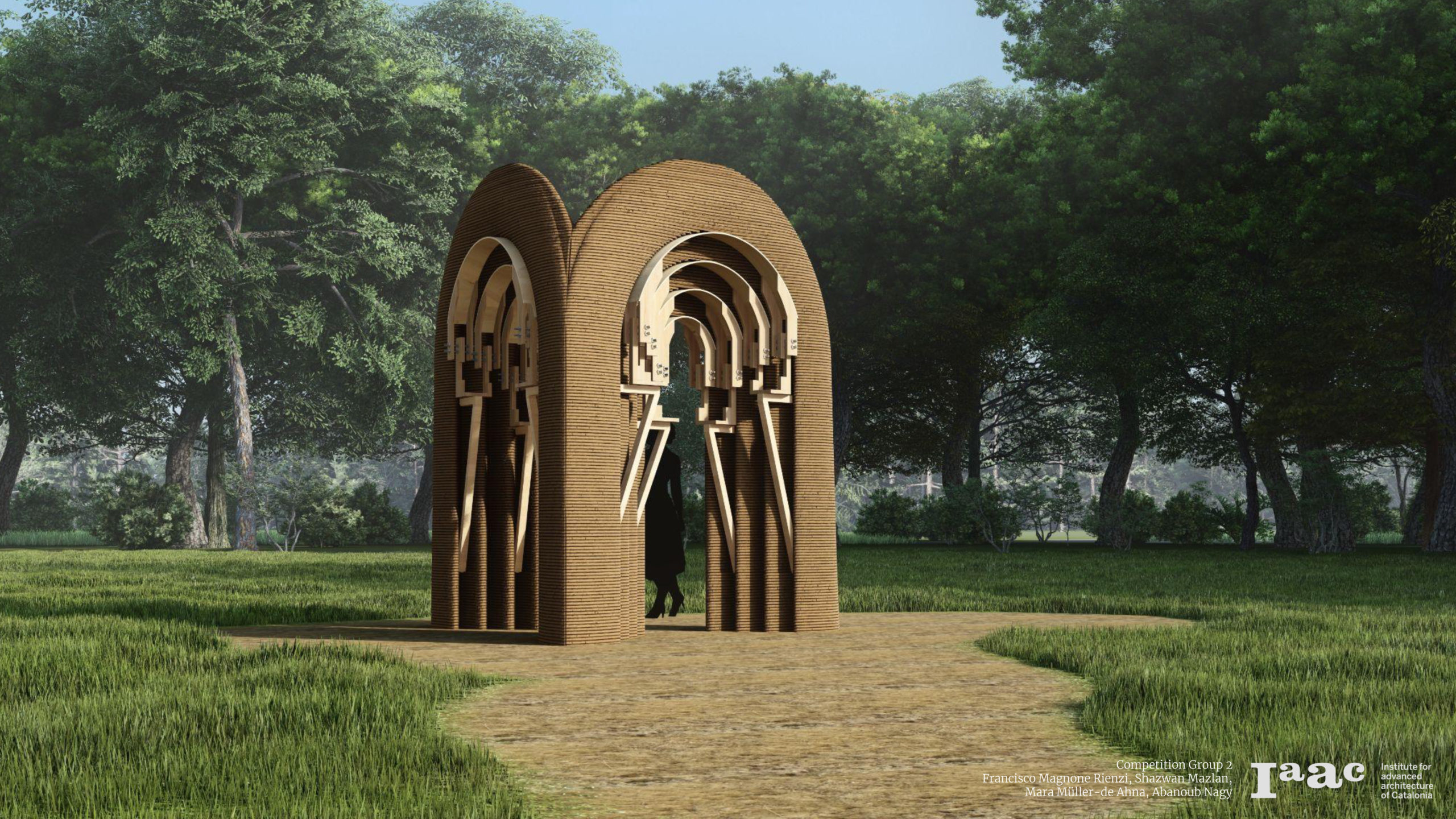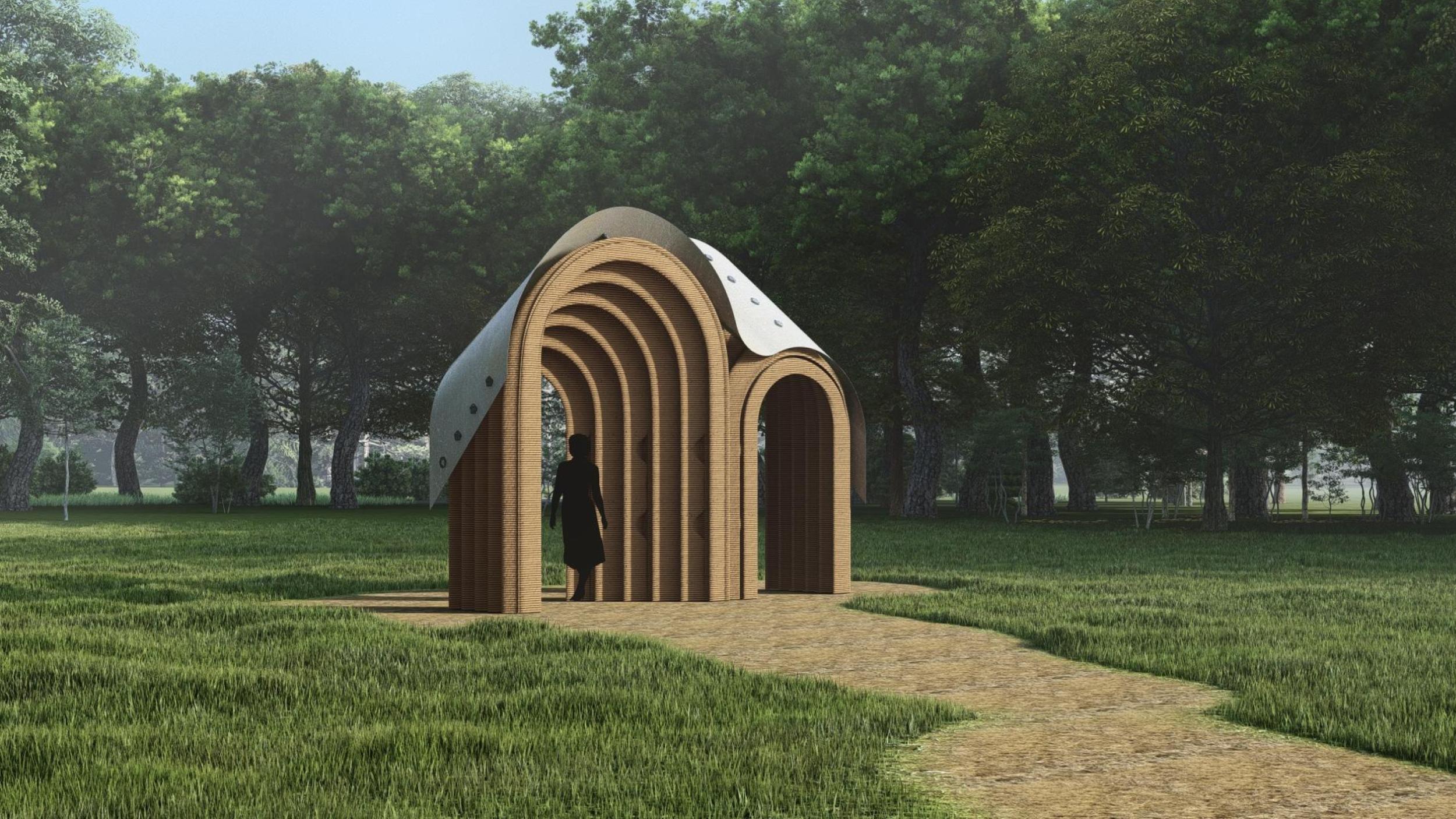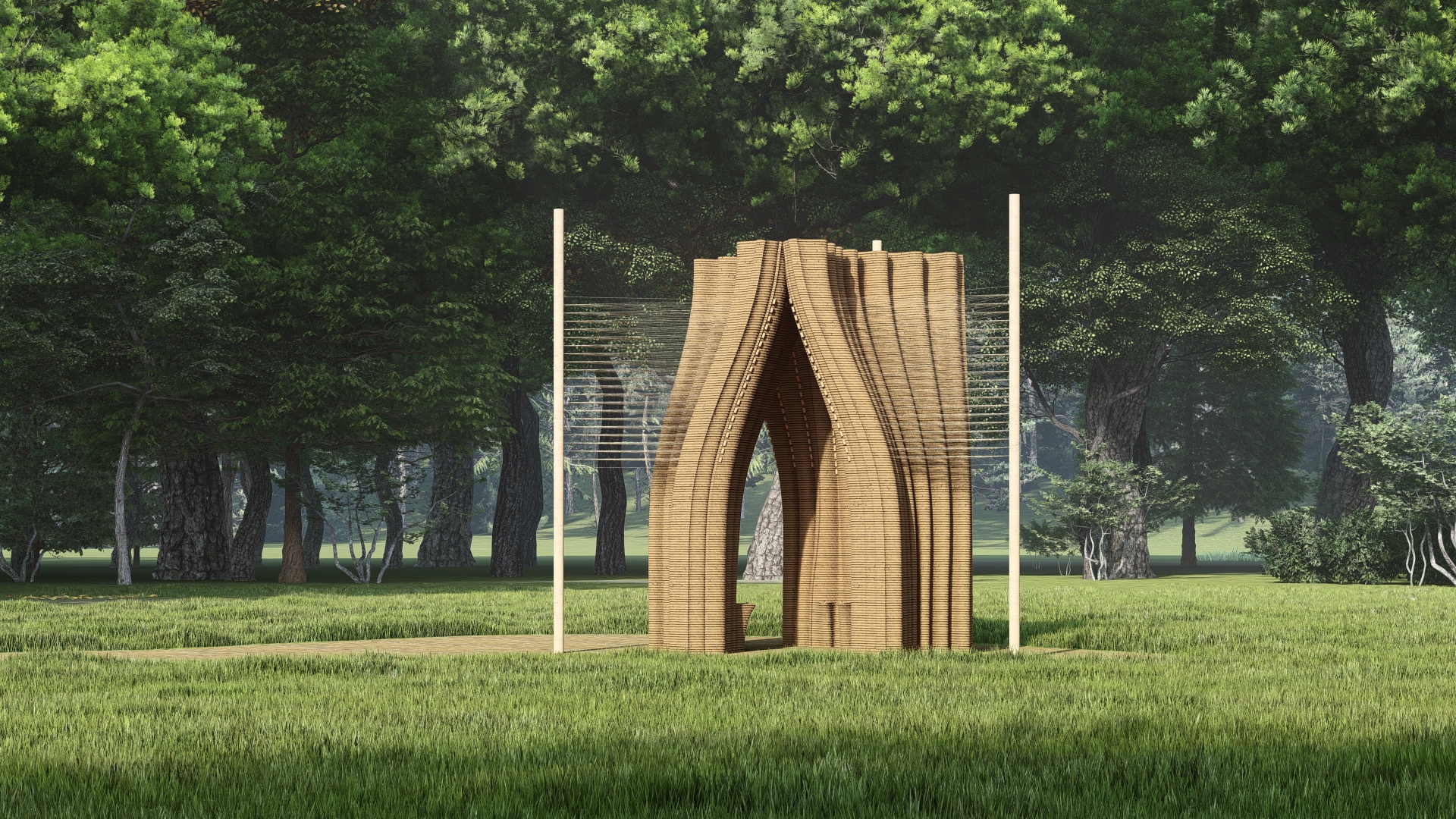1:1 Arched Vault Competition Proposal
The competition proposal of a 1:1 3d printed arched clay vault should be characterized by feasibility in construction. To achieve feasibility, the design of the vault uses bended sheets of wood to carry arches, dwells on strong connections in the infills, and complies by site printing restrictions [4,500 meters of print length alongside a maximum … Read more







